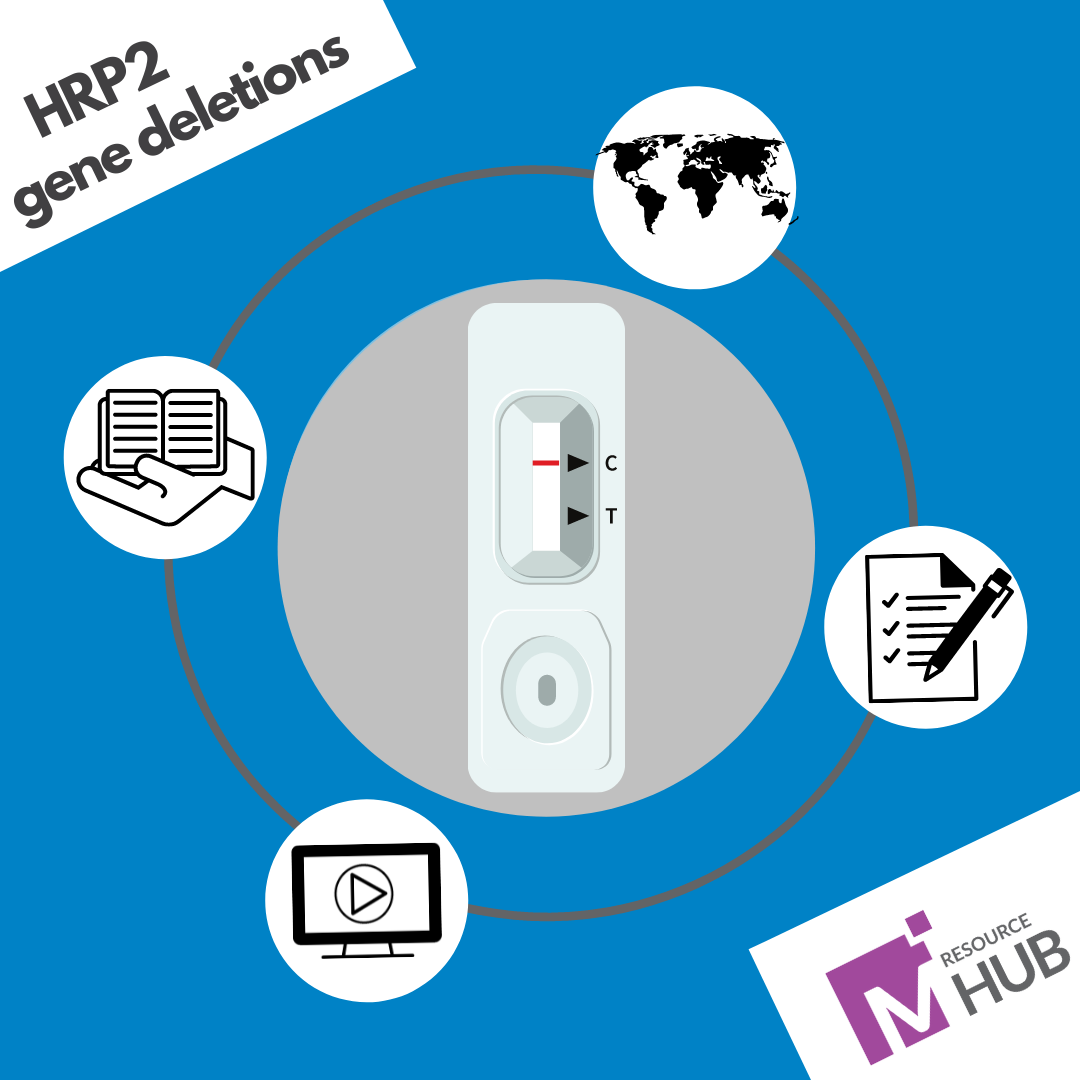pfhrp2/3 Deletion Risk Explorer
Collaborator(s): World Health Organization (WHO), Switzerland
Published: 31/10/2023
pfhrp2/3 Deletion Risk Explorer
Malaria rapid diagnostic tests (RDTs) commonly deployed for the diagnosis of Plasmodium falciparum malaria detect the P. falciparum histidine-rich protein 2 (PfHRP2) and its paralog P. falciparum histidine-rich protein 3 (PfHRP3). However, progress against malaria is now threatened by an increase in pfhrp2/3 gene deletions.
The timeline for countries to transition away from HRP2-based RDTs to alternative diagnostic methods is dependent upon several factors, which include: malaria transmission intensity, treatment-seeking, testing patterns, and RDT usage. The objective of this pfhrp2/3 Deletion Risk Explorer is to allow users to explore how changes in the underlying modelling assumptions impact the risk of pfhrp2/3 continuing to spread.
For more background information on the method, or to perform more advanced analyses, take a look at the R code that underpins the pfhrp2/3 Deletion Risk Explorer.
This tool was developed by Oliver J. Watson, Imperial College London, in collaboration with the Global Malaria Programme, World Health Organisation (WHO).
Citation: Watson OJ, et al. (2025). Global risk of selection and spread of Plasmodium falciparum histidine-rich protein 2 and 3 gene deletions.
THEMES: Diagnostics



